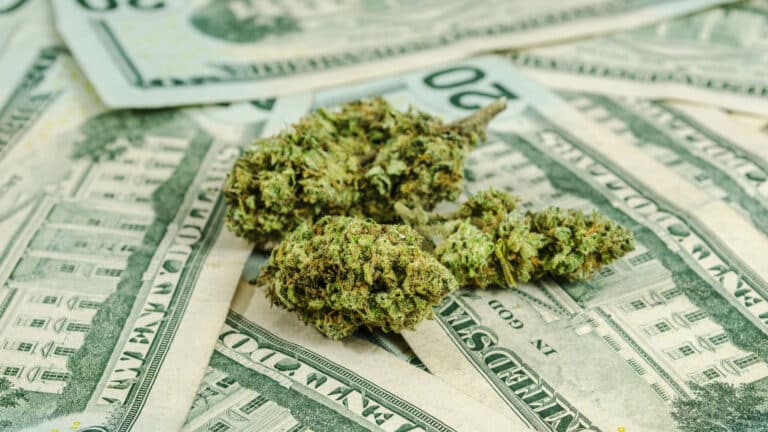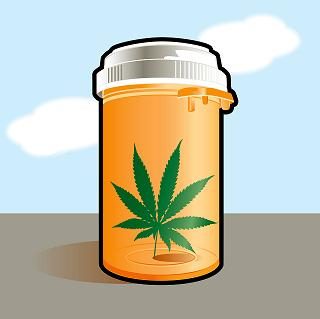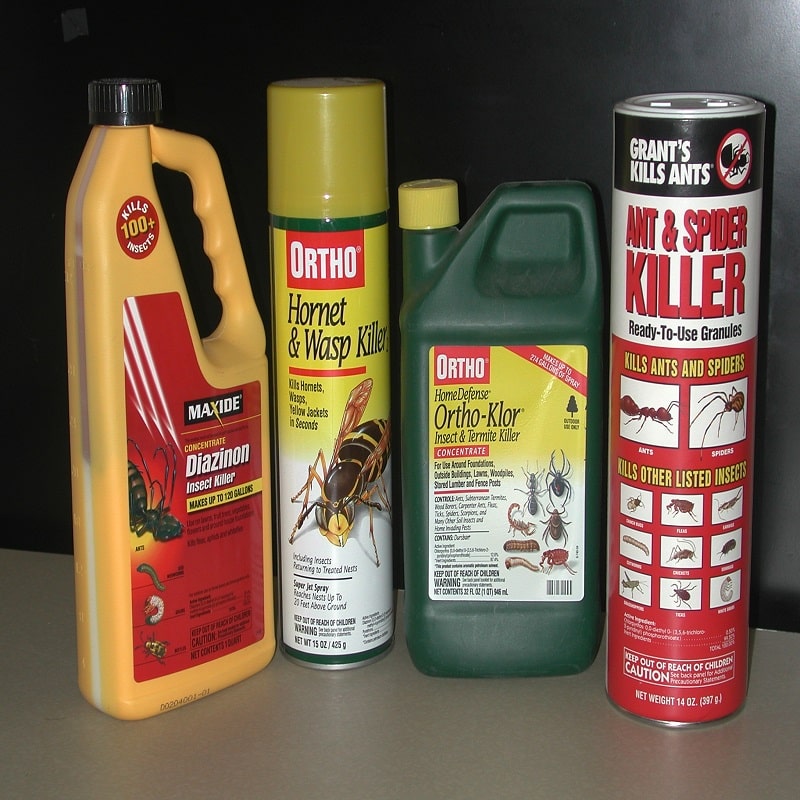 By Paul Armentano, NORML Deputy Director
By Paul Armentano, NORML Deputy Director
Current use of marijuana by those between the ages of 12 to 17 has remained largely unchanged over the past decade, while young people’s self-reported consumption of alcohol and cigarettes has fallen to record lows, according to federal data compiled by the Substance Abuse and Mental Health Services Administration.
According to SAMHSA’s 2014 National Survey on Drug Use and Health, the percentage of respondents ages 12 to 17 who reported past-month use of marijuana remained steady from 7.6 percent in 2004 to 7.4 percent in 2014. By contrast, teens’ use of tobacco, cigarettes, and alcohol fell dramatically during this same period. Over the past ten years, adolescents’ use of tobacco fell from 14.4 percent to 7 percent, their use of cigarettes fell from 11.9 percent to 4.9 percent, and their use of alcohol fell from 17.6 percent to 11.5 percent. Binge drinking by young people fell from 11.1 percent in 2004 to 6.1 percent in 2014.
Self-reported marijuana use by older respondents, particularly among those age 26 and older has increased in recent years. By contrast, since 2012, when voters in Colorado and Washington decided to permit the commercial production and sale of cannabis to adults, youth marijuana use in the past 30 days is virtually unchanged (7.2 percent in 2012, 7.4 percent in 2014).
Of all estimated past-month illicit drug consumers, 82 percent are users of marijuana, the survey reported.
The data once again undermines the concern that liberalizing marijuana laws for adults will inherently increase youth marijuana use and indicates that a pragmatic regulatory framework that allows for the legal, licensed commercial production and retail sale of cannabis to adults but restricts its use among young people — coupled with a legal environment that fosters open, honest dialogue between parents and children about cannabis’ potential harms — best reduces the risks associated with the plant’s use or abuse.
Nonetheless, marijuana law reform opponents are refusing to acknowledge these positive trends, instead falsely stating that marijuana use is “continuing to rise among youth.”
Source: NORML - make a donation








